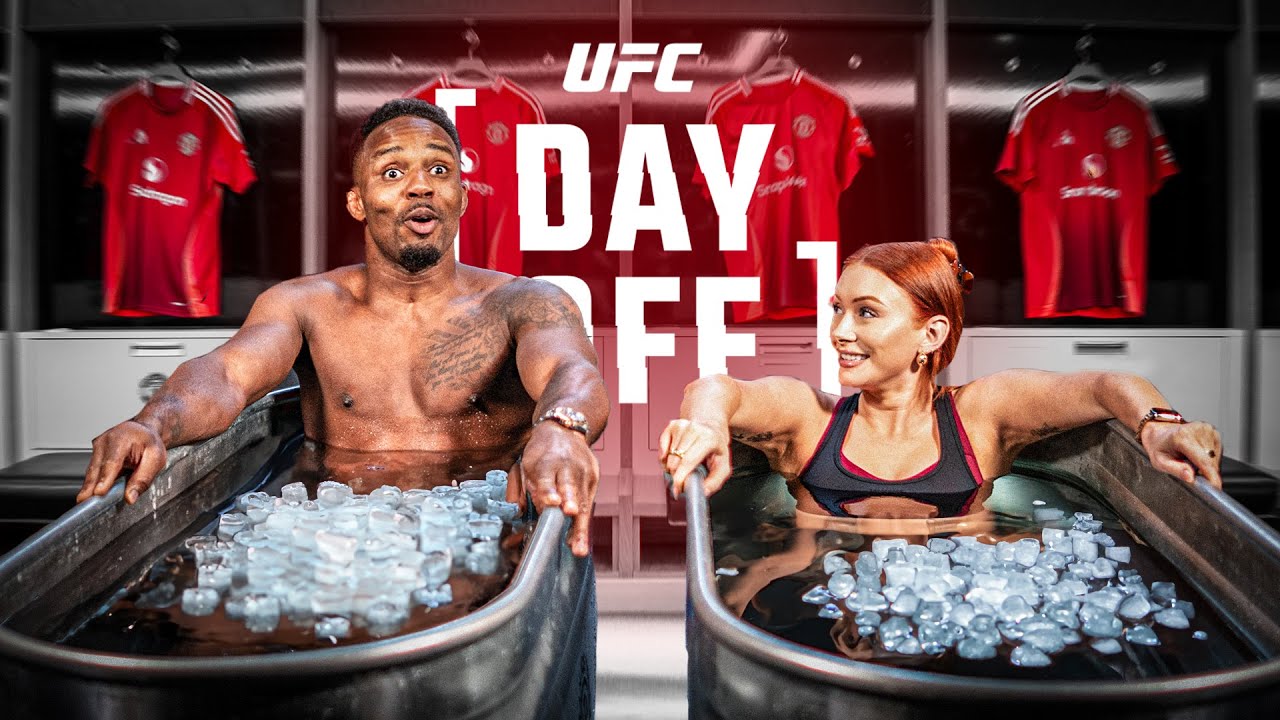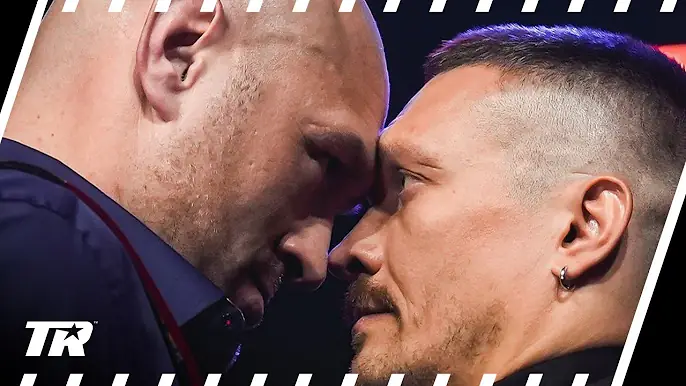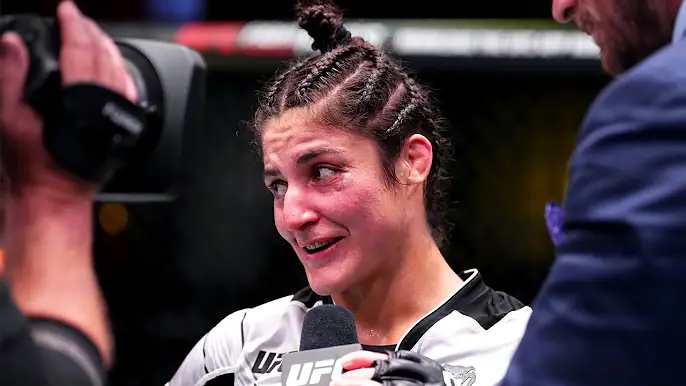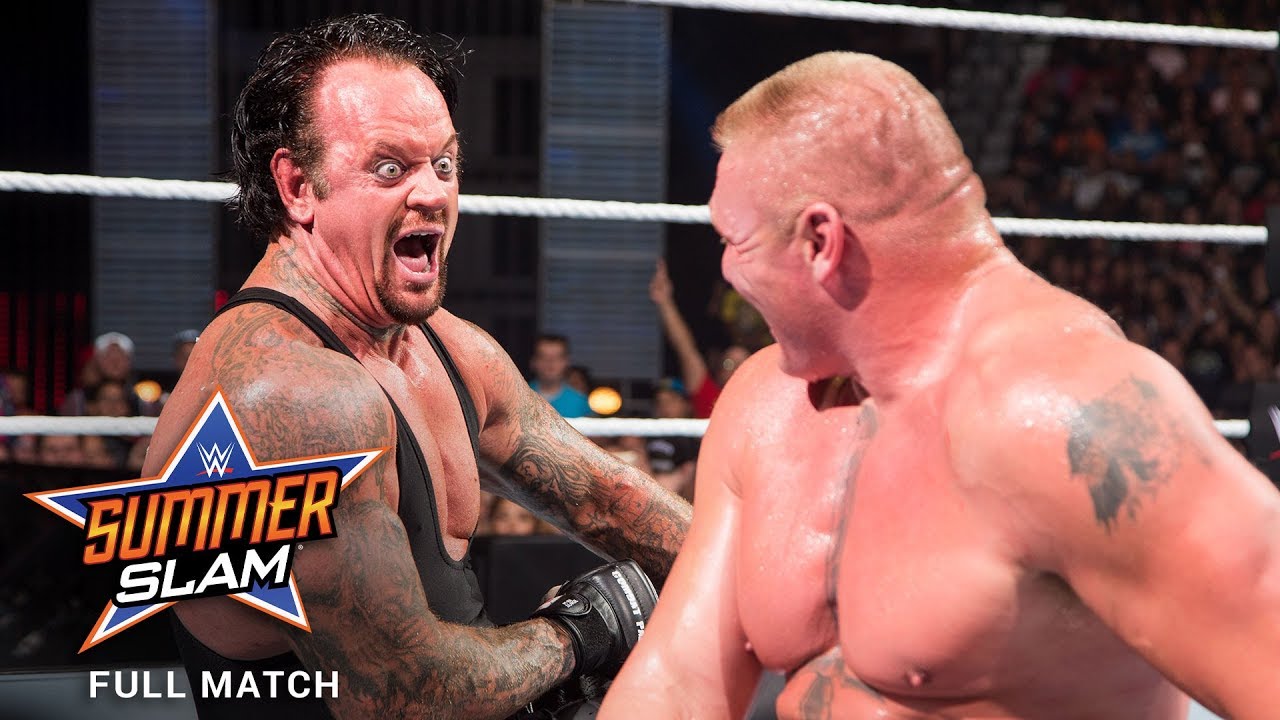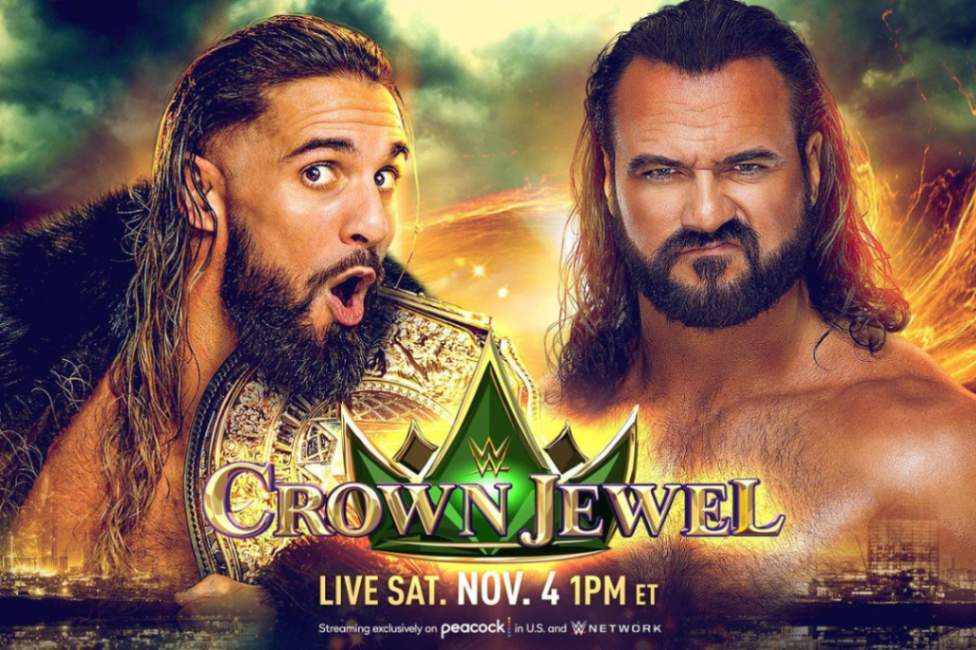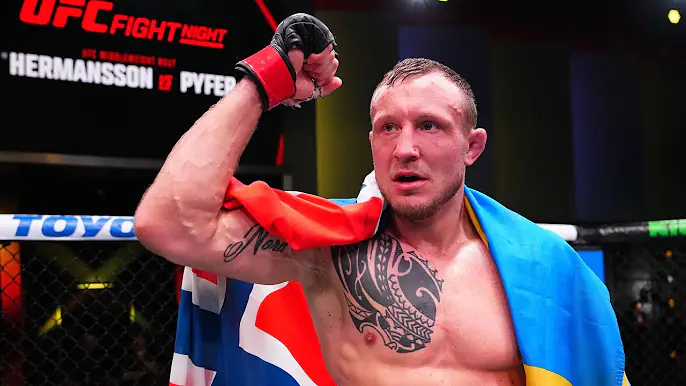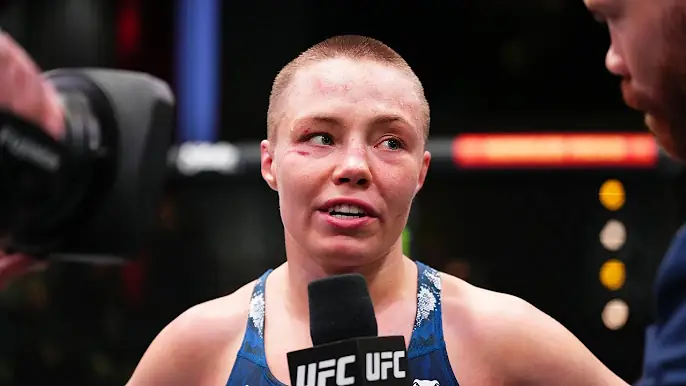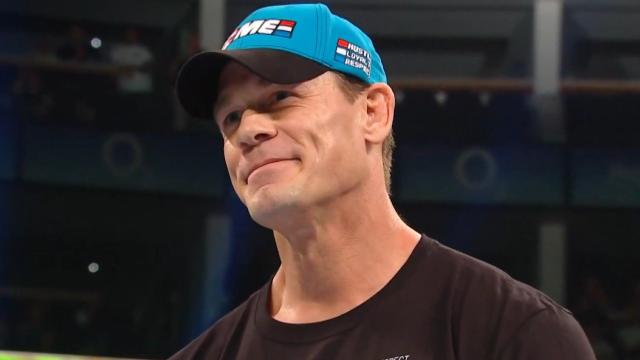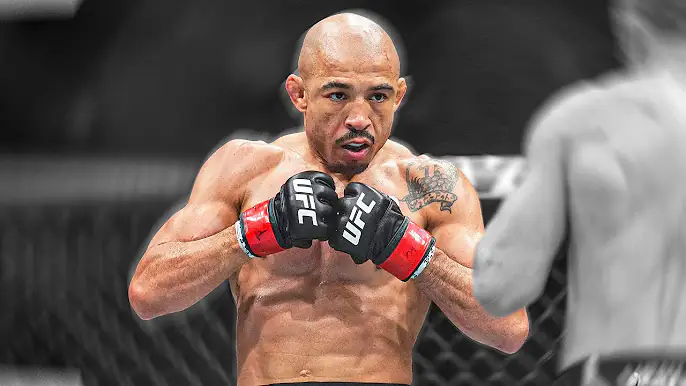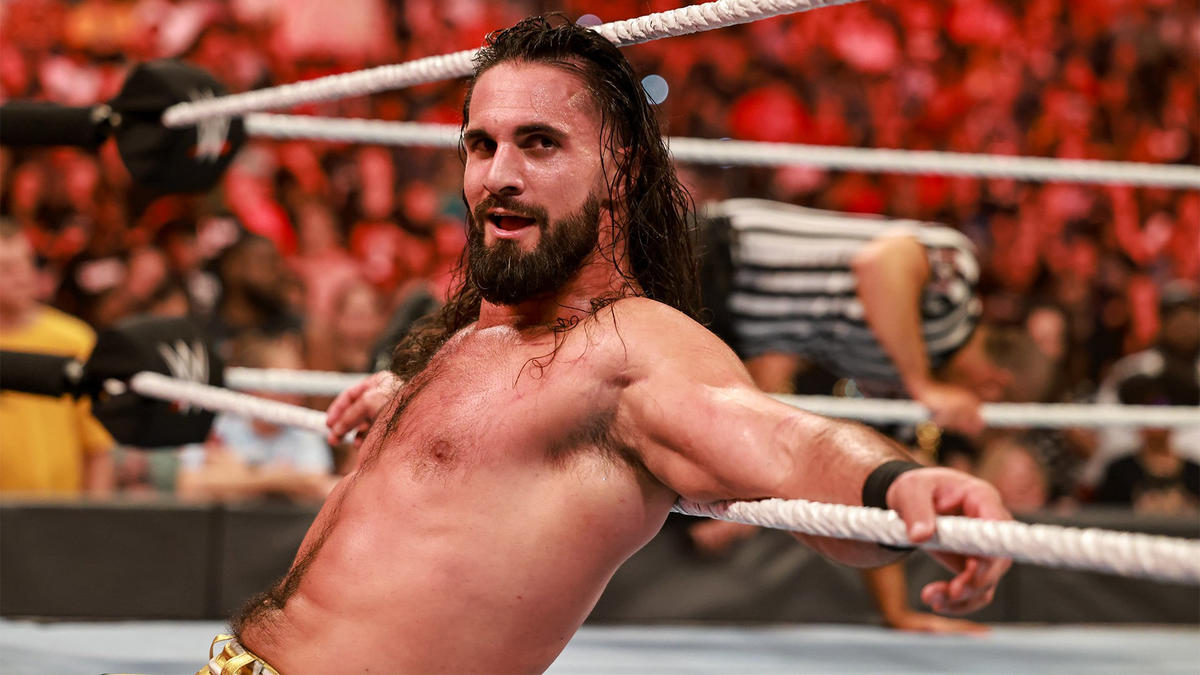The Science of Recovery: How UFC Fighters Bounce Back After Fights
Mixed martial arts is perhaps the most physically demanding sport in the world today. UFC fighters literally put their bodies under extreme stress and damage while fighting in the octagon, making recovery an integral aspect of a fighter’s training plan when the toll of absorbing strikes, grappling predator, or mere mental fatigue from high-stakes competitions is considered. Recovery to the right extent allows the fighters to heal, regenerate, and prepare for the next challenge in the Octagon. This article delves into UFC science related to recovery, pointing out the recovery regime fighters go through, and the role of rest and rehabilitation in not just returning and being ready to step into the Octagon again, but how advances in sports medicine and sports science have changed the way athletes recover.
- Recovery in MMA: Why It’s Important
Recovery is one of the key aspects considered in contributing to an athlete’s overall performance. Taking into account the number of huge physical and mental demands put on an MMA fighter during training and competition, proper and effective recovery strategies become of crucial importance in achieving long-term success. Recovery helps fighters to repair lost damages due to fights but is also a preparation for the next training camp and future bouts.
Physical Recovery
Bruises, cuts, strains on the joints and tearing of muscles are some of the damages that a UFC athlete can sometimes suffer in a bout. These individually and cumulatively may cause a lot of downtime in the athlete. The physical body heals, reduces inflammation, and restores physical function during physical recovery.
Cognitive Reestablishment
It might be argued that the mental effort engaged in competition can be just as exhausting as physical output. Stress, anxiety, emotions up and down after a fight, and mental recovery of a fighter: these all participate in one’s competitive experience, too. Mental recovery involves those psychological factors dealt with so that the fighter can again focus, stay motivated, and not burn out.
Performance Writing
It is also essential to peak performance. Sufficient rest and recovery will allow maximum work in training and be more effective. This lowers the risk of being hurt or seriously injured, and getting knocked out badly can impair performance in the ring, hence elevation of maximal performance in the Octagon among fighters by factoring in recovery into their training.
- Common UFC Fighter Recovery Techniques
UFC fighters use a variety of recovery methods to help them recover back as much as possible from fights. The techniques are tantamount to the repertory of individual recovery, be they from inflammation, from soreness, or struggles in psychological well-being.
Cryotherapy and Ice Baths
This style of recovery has become almost vogue among virtually all UFC fighters due to its proven techniques for bloating down inflammation and muscle tenderness. Cryotherapy involves the application of very cold temperatures for a brief period of time applied to the body to constrict the blood vessels, numb pain, and reduce swelling. In simpler terms, ice baths rely on the principle of immersing the body in cold water.
Fighters like Conor McGregor and Joanna Jędrzejczyk have found advantages with cryotherapy, as they relate to the recovery between fights. It helps bear the physical toll of intensive training and relentless competition by allowing one to recover his maximum more quickly between sessions.
Touch Therapy
Another popular way of recovery would be massage therapy. Through muscle relaxation and improvement of circulation, massage therapy brings about muscle tension. Similarly, it effectively causes relaxation. In addition, it helps in preventing injuries and promotes healthy, flexible muscle and connective tissue with the trigger in massage.
Often, sports massage therapists help out with fighters, either collaborating and specializing in deep tissue massage, trigger point therapy, and other corrective techniques or just focusing on the headache-specific needs of the combat athlete. Massage is a way to recover not only physically but also as a mental reboot that helps the fighter relax and de-stress.
Active recovery comprises the physical activity of low intensity that enhances blood flow, reduces the stiffness of muscles, and assists in clearing out of muscles any metabolic waste substance. Recovery programs, like light jogging, swimming cycling or yoga, are experiencing many of the fighter’s demise.
Active recovery refers to the way in which the fighters keep maintenance of their conditioning without putting excessive stress on their body by just being active. Being active avoids the harmful results of sitting idle for too long: atrophy in the muscles or a decrease in cardiovascular fitness.
Rehydration and Nutrients
It is in this way that recovery functions to rebuild and repair the damaged tissues through the gain of proper levels of nutrition and hydration. After the fight, fighters at once focus on replacing fluids, electrolytes, and glycogen stores that require rehydration in the process of recovery.
Even good nutrition constitutes an indispensable part in the fight against inflammation and healing through fighting with a diet rich in antioxidants, proteins, and healthy fats used by fighters to aim at supporting muscle repair and reducing oxidative stress. Also, the fighters heavily rely on supplementation for their recovery from omega-3 fatty acids, branched-chain amino acids, and collagen.
Sleep
Recovery periods go much unnoticed, even though sleep is one of the most important. The body undertakes diverse processes crucial for processing healing, including the release of growth hormones, tissue repair, and memories consolidation, during the sleep period.
Quality sleep is also integrated into the recovery strategy of UFC fighters. A fighter schedules to get between 7 to 9 hours of quality sleep every night. They at times even resort to sleep aids—say, melatonin, and human-assisted environments—such as cool, dark and quiet rooms—to further induce quality sleep, enabling one to take their much-needed rest.
Compression Therapy
Compression therapy is the application of pressure to limbs with the help of special garments, such as sleeves or boots. This is especially useful for fighters who find themselves experiencing muscle soreness or swelling after a fight, as this process helps to enhance blood circulation and cut down on swelling.
Compression garments improve circulation, lactic-ard removal from blood, and ensure muscle stiffness is reduced. They enhance all recovery processes in the body and are mostly used with some other recovery techniques, including cryotherapy and active recovery.
- Advances in the field of sports medicine and recovery
Great changes, various inventions, and treatments in the field of sports medicine offer a revolution in the recovery of a UFC fighter. The advances basically helped give athletes in any game better and faster ways of recuperating from the extremely competitive venues.
HBOT
Hyperbaric Oxygen Therapy (HBOT) is a treatment involving the administration of 100% oxygen in a pressurized chamber in order to increase the blood’s level of oxygen with the patient breathing. HBOT is applied in reducing inflammation and quickening healing for injuries by enhancing general body healing.
Fighters such as Khabib Nurmagomedov and TJ Dillashaw have both used HBO treatment as part of their restoration program, especially in their injuries that called for fast recovery. Increased oxygen levels in body tissues are assisting in the process of treating tissues that have suffered damages and in just lessening the time needed for recovery.
Infrared Saunas
Infrared saunas work on the heating principle of the body by infrared light, so that the supply of blood to the region is proper, causing warmth in body tissues so that desirable effects are brought about to soften stiffness in muscles and loosen up the body. This way, the infrared sauna allows for the optimization of tissue heating, consequently equating to a targeted and relevant recovery experience.
Infrared therapy sauna, in fact, is rapidly becoming popular among UFC fighters for faster recovery and overall well-being. With the help of heat, the release of toxins is enhanced, flexibility increases, and stress decreases. In this case, this tool is useful in aspects of post-fight recovery.
NormaTec Compression Systems
The important application of the NormaTec Compression Systems is in facilitating advanced recovery through dynamic compression for massaging extremities. The high-end systems particularly reduce muscle soreness, enhance circulation, and speed up the removal of the metabolic waste products.
Most of the fighters of UFC exercise integrated into the treatment routine after practices or fights with a NormaTec system. The sequential compression helps in preventing muscle fatigue and helps overall recovery.
Platelet-Rich Plasma
In PRP therapy, a patient’s injection consists of a concentrated mixture of the patient’s own platelets injected back into the injured tissues to stimulate healing. It is used in treating different types of injuries like tendonitis, ligament tears, and muscle strains.
Athletes with chronic injuries or who are dealing with an acute injury that demands fast healing mostly look for PRP therapy since it reduces the duration of healing. These growth factors in platelets aid in facilitating regeneration in tissue as well as inflammation reduction.
Neurofeedback training
Neurofeedback: Learning how to train your brain to stay on task, reduce stress, and enhance cognitive and other higher abilities. Elite athletes benefit from neurofeedback to maximize their mental rest and peak performance.
UFC fighters who feel cognitive fatigue, stress, and anxiety should undergo neurofeedback to their recovery. The training helps the fighters to exercise their brains to function efficiently, hence enabling mental resilience and lessening impacts associated with the psychological stressor.
- Psychological Recovery: The Emotional and Mental Resilience
Mental recovery is just as important for a UFC fighter as physical recovery. High sports performance obliges athletes to care for themselves and be mentally prepared to bear pressure; relieve stress and results displayed in the fights forcefully add maxims to them.
Human Resource Management
Losing is one of the bad things in being a UFC fighter. The cost that extends to emotion can pervade even to the extent of feeling vanquished and given to bouts of depression with a loss. The mental grasp will help him process the loss, learn from it, and gear back up to keep on training.
Boxers also incorporate the support of sports psychologists to come up with techniques for dealing with the notion of defeat and maintaining a winning attitude. Participation in both cognitive-behavioral therapy and mindfulness, along with setting up goals, help the fighter to get back in line with their future goals.
Stress management
Preparing for a show with the whole world’s audience is kind of stressful; good stress management keeps him in focus and prevents him from burning out.
The stress and anxiety levels in fighters are always managed through various other techniques, most of which are meditation, breathing exercise, relaxation techniques, among others. These have got accustomed to other techniques with regard to managing the same problems daily, since the fighter has to handle the stress inside and outside the octagon.
Building Confidence
Self-belief lies at the core of success in a fighter. Mental recovery, perhaps, is one of the important facets in the process of maintenance and rekindling of belief after an event, from a fighter. The level of confidence in a fighter can be low if they lose, and high if they win.
Mental coaching and visualization techniques help build and create confidence in a fighter. A fighter would not only visualize the winning outcomes but would also work out self-motivation exercises and set attainable goals to raise his high self-regard, and he will help keep this mental edge. Resting Motivation The grind of training and emotional highs and lows can eventually take their toll on a fighter; loss of motivation inevitably leads to burnout. Here enters the stage of mental recovery: ways to sustain motivation for a while. Fighters often set and reflect on big goals, plan after goal accomplishment, and receive support from their coaches and teammates in order to stay continuously motivated. Therefore, large end goals keep alive the passion for the sport by celebrating the high number of base hit victories.
- Recovery Planning: Getting Recovery Personalized to the Individual Fighter
One essence of recovery is hence not a blanket fix; fighters are all different in terms of their needs, and their recovery plan must be seeded off anybody’s recovery from that conducted on the base camp.
Assessing the Destruction Post-Bout
The first thing after the match will be to look at everything that he is injured in and psychologically damaged by. This can involve the assessment of the injuries, possible fatigue and whether they are suffering from the exposure to any forms of psychological trauma. Medicine professionals like doctors, therapy personnel, and sports psychologists will go ahead and set down a recovery program.
Tailored rehabilitation
Once the assessment has been made, the fighter will be given an individualized recovery program. This program usually entails running the gamut from physiological fitness training and nutrition to mental coaching and employing avant-garde technologies within the realm of recovery. This rounds off recovery in all aspects, having the fighter back in action after healing and beginning full-on training.
Progress Monitoring
Recovery is very progressive, with close monitoring of the fighters carried out by the coaching and medical team. A review, both physically and psychologically, of the fighter is done frequently for assurance that the set goals by the fighters will be met. Adjustments are made where necessary to make the course of recovery appropriate and hitch-free.
Long-Term Recovery and Maintenance
Recovery is not complete the moment a combatant feels okay, rather a life-long course exists with the athlete all through his/her life and career. Long-term recovery and care address implementing steps that focus on injury preventive, stress management, and the general welfare of the athlete. A mutual check and consistent application of recovery techniques are essential for both body and mind.
Conclusion
Recovery in the science world, thus, is an important part of how a UFC fighter is prepared and performs. Because of using a diversity of physical recovery strategies, from cryotherapy and massage therapy to even psychological strategies, such as mindfulness and stress management, fighters avail a wide array of channels to bounce back after the massive demands of competition. The improvements in sports medicine and recovery technology have been striking, and fighters have been armed with new, innovative ways to recover quickly and stay at the top of their game. Customized recovery programs will ensure the repair, recovery, and return of fighters back to the Octagon in the possible best form. The need and focus on recovery have never been more important as the sport of MMA progresses forward, with fighters and coaches now putting a larger emphasis on the science of healing and regeneration. By prioritizing recovery, UFC fighters can extend their careers, improve their performance, and achieve long-term success in one of the most demanding sports in the world.
